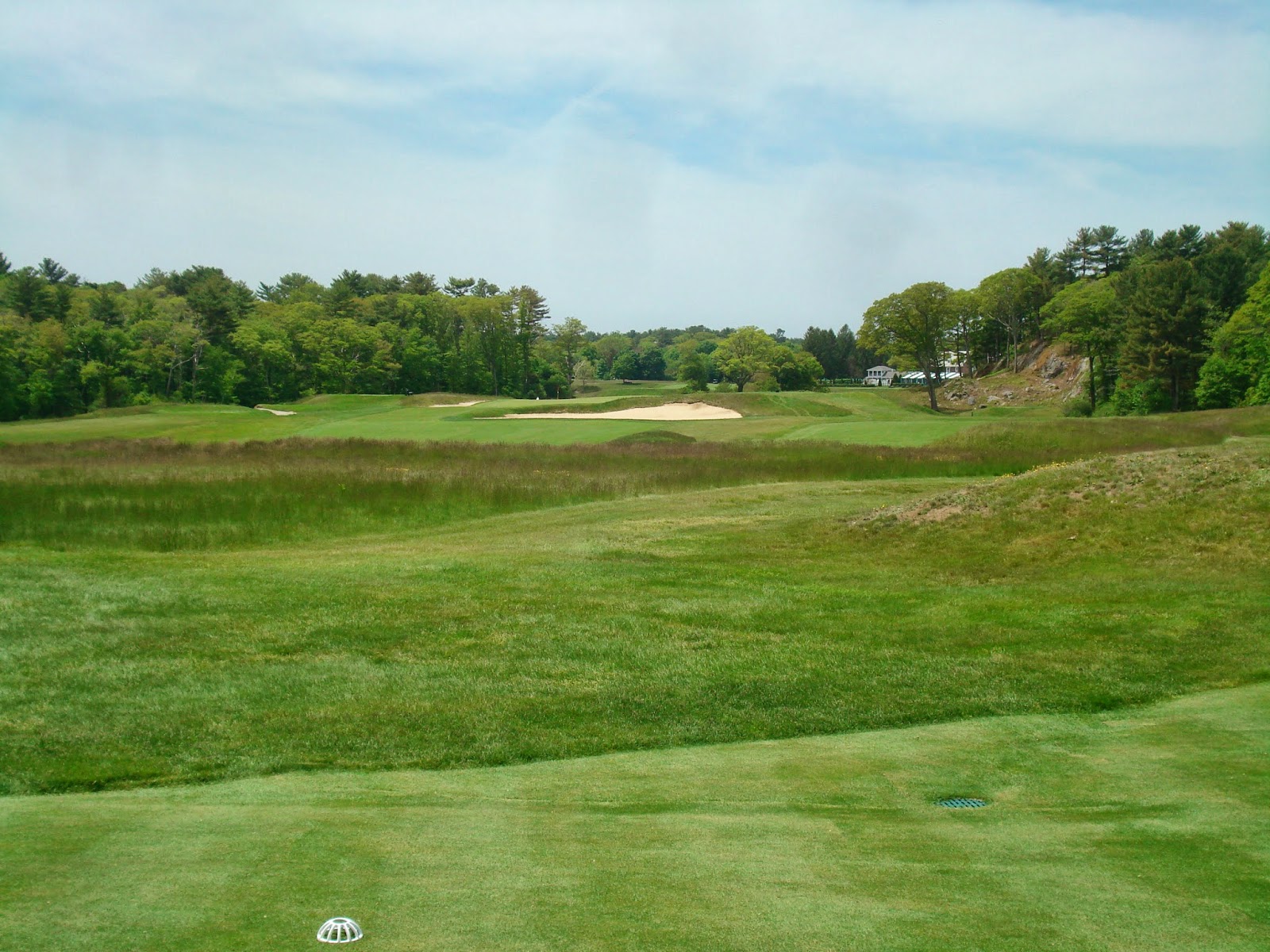The pace of golf design at Grant Golf picked up from the previous year with the most notable project completed being the first phase of a multi-year renovation at Kildonan Park Golf Course. The municipal golf course has not seen much work over its 90 year history, and much of the work being completed was to breath new life into some distressed golf features. We re-built five tees and added one additional back tee, and one additional forward tee. Further, we added four new fairway bunkers that were cut nicely into a ridge the bisects the property. The existing course did not feature any fairway bunkering, so the opportunity to present a more visually appealing and strategic test is an important element of the overall master plan. One of the most rewarding days on site was guiding a crew of arborists around the site, removing and pruning trees to let sunlight reach greens and tees. The instant gratification of such work was a pleasure to experience and will play an vital role in future work at the course.
 |
| Bunkers left & right of fairway are staggered and cut into the hillside, adding some challenge and definition to the 13th hole at Kildonan Park Golf Course. |
 |
| Detail of right hand side fairway bunker. |
In the spring we designed an executive golf course & practice facility for the Tano Odumase Recreational Golf & Eco-Tourism Centre in Ghana. Unfortunately, budget restrictions prevented us from making the trip overseas to see the site first hand or supervise construction. With golf being very limited in the country, it will be interesting to see how the project turns out and how the construction crews interpret our detailed plans.
Looking forward to 2015, we will begin phase #2 of our master plan for Kildonan Park Golf Course and commence phase #1 at Windsor Park Golf Course. The emphasis this year will be on fairway drainage at both courses. Not only will this project improve turf conditions, but will enable both courses to re-open quicker after major rainfall events which will help boost revenue. The city of Winnipeg continues to be our most active client with further work for this year including the construction of a new practice green at the Crescent Drive Golf Course.
We have a few other clients pondering new work for 2015, and hopefully (after a few years of residential permitting complete) this summer we will break ground on the 9-hole addition at Lorette Golf Course.
On the golfing front, I played the fewest rounds of golf in 25 years, barely topping 30 in total. For the first time since I first shot a round of par at age 14, I failed to match or break par in any round during the season, my handicap climbing from 2 to 4. Thankfully, I seemed to figure my swing issues out at the end of the season, just in time for winter to set in for 6 months!! I am eager to get out in spring to see if I can figure it all out.
I finally made it to Europe in 2014 and while I had always envisioned by first golf trip across the Atlantic to be in Scotland, England or Ireland, I was not disappointed by the golf I experienced in the Netherlands and Belgium. As golf was not the primary purpose of the trip, I only snuck in 4 rounds in the Netherlands, enjoying the work of H.S. Colt at Kennemer G & CC, Koninklijke Haagsche G & CC (Royal Hague) and Utretchse GC 'De Pan'. On the modern side, I played Golfbaan De Swinkelsche where I had the opportunity to discuss the design with the course's architect Frank Pont. In Belgium, I was fortunate to discover Tom Simpson's Royal GC des Fagnes in Spa and enjoy the course to myself.
 |
| The 9th hole at Kennemer G & CC depicts some of the finest links terrain at the club. |
 |
| The 14th hole at Koninklijke Haagsche G & CC is a thrilling hole on a wonderful links course. |
 |
| The heather surrounding the 16th hole at Utretchse De Pan gives the course it's heathland character. |
 |
| Wild bunkers & undulating greens are commonplace at Golfbaan De Swinkelsche. |
 |
| Strategically located cross-bunkering at No. 12 instill much character into Tom Simpson's parkland Royal Golf des Fagnes. |
I did not play much competitive golf this year, but did represent my home club at the annual interclub championship. It was nice to re-visit Pinawa Golf Club, a track David Grant added 9 holes to back in the 1990's. The setting of the course is beautiful, and the greens were much better than I'de remembered, full of bold contours and interesting recovery opportunities. I did manage to finish runner-up in the Glendale G & CC club championship, which happened to be a damp, rain-shortened event.
This past year I was fortunate to pen another article for Paul Daley's wonderful Golf Architecture: A Worldwide Perspective series. The 7th instalment should be published sometime in 2015 and each volume is a definite must-read for students of golf architecture. My article focuses on improving pace of play through design.
Plans for 2015 include a trip to Seattle in late April for a wedding and three rounds of golf at Wine Valley GC, Gamble Sands GC, Tumble Creek GC and maybe a Vernon Macan track in Seattle/Tacoma proper. I would like to play Chambers Bay in Tacoma, site of the 2015 US Open, however, they will be playing to a number of temporary greens leading up to the tournament and that does take away from the experience. In September, I will be playing in the 2015 Dixie Cup in Tennessee. During the tournament and extra rounds, I plan to play Holston Hills CC, Cherokee CC, Lookout Mountain GC, Black Creek Club, Sweetens Cove GC and Sewanee University GC.

















































